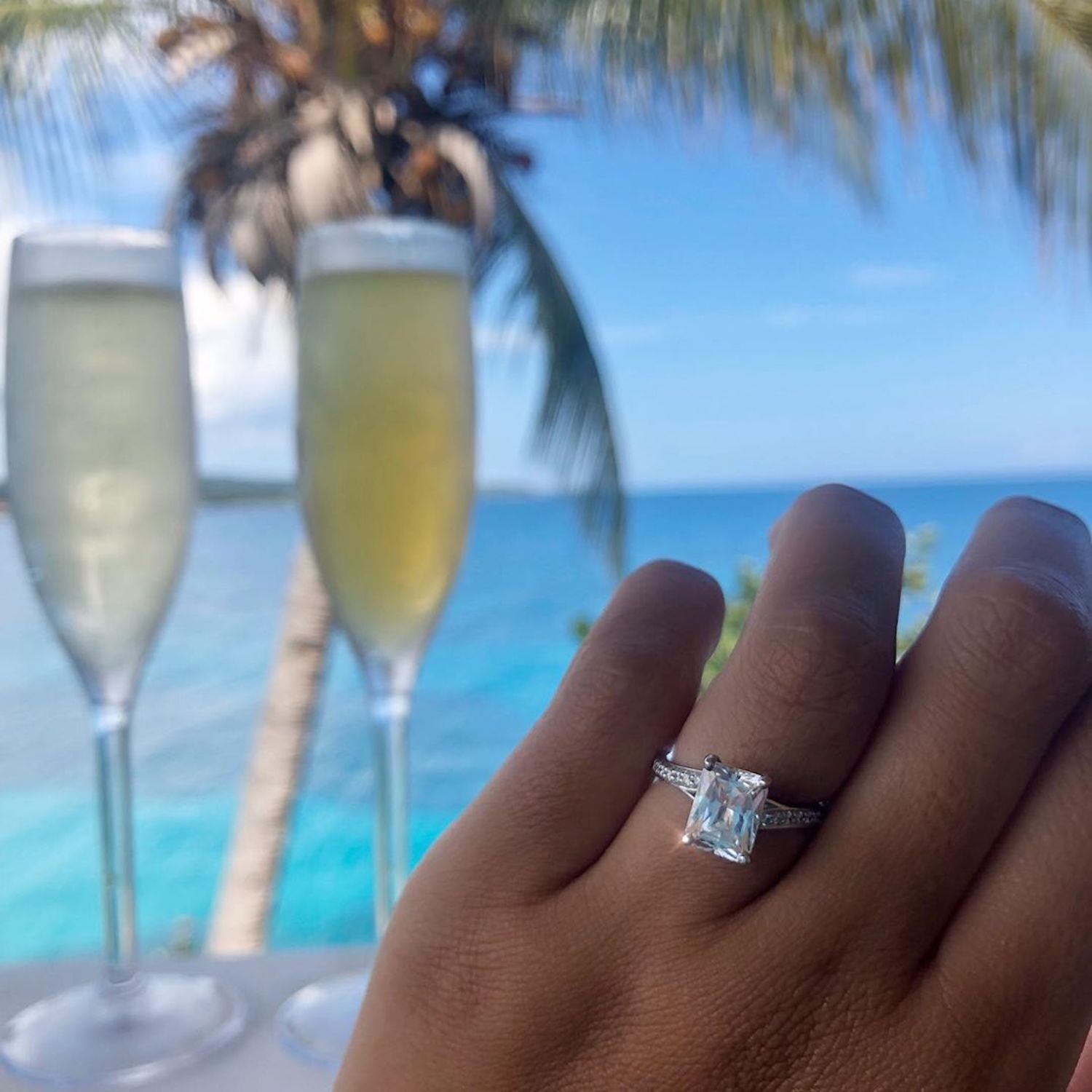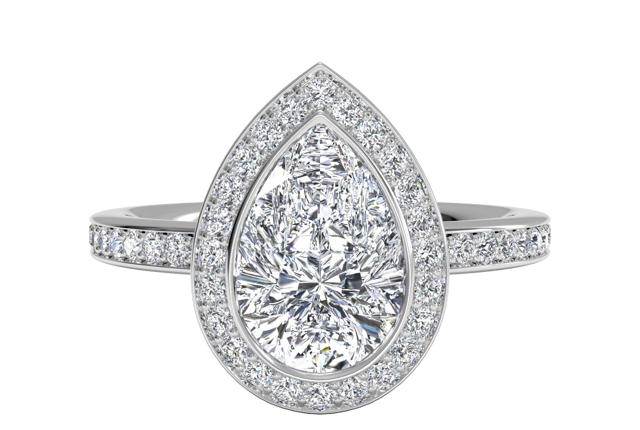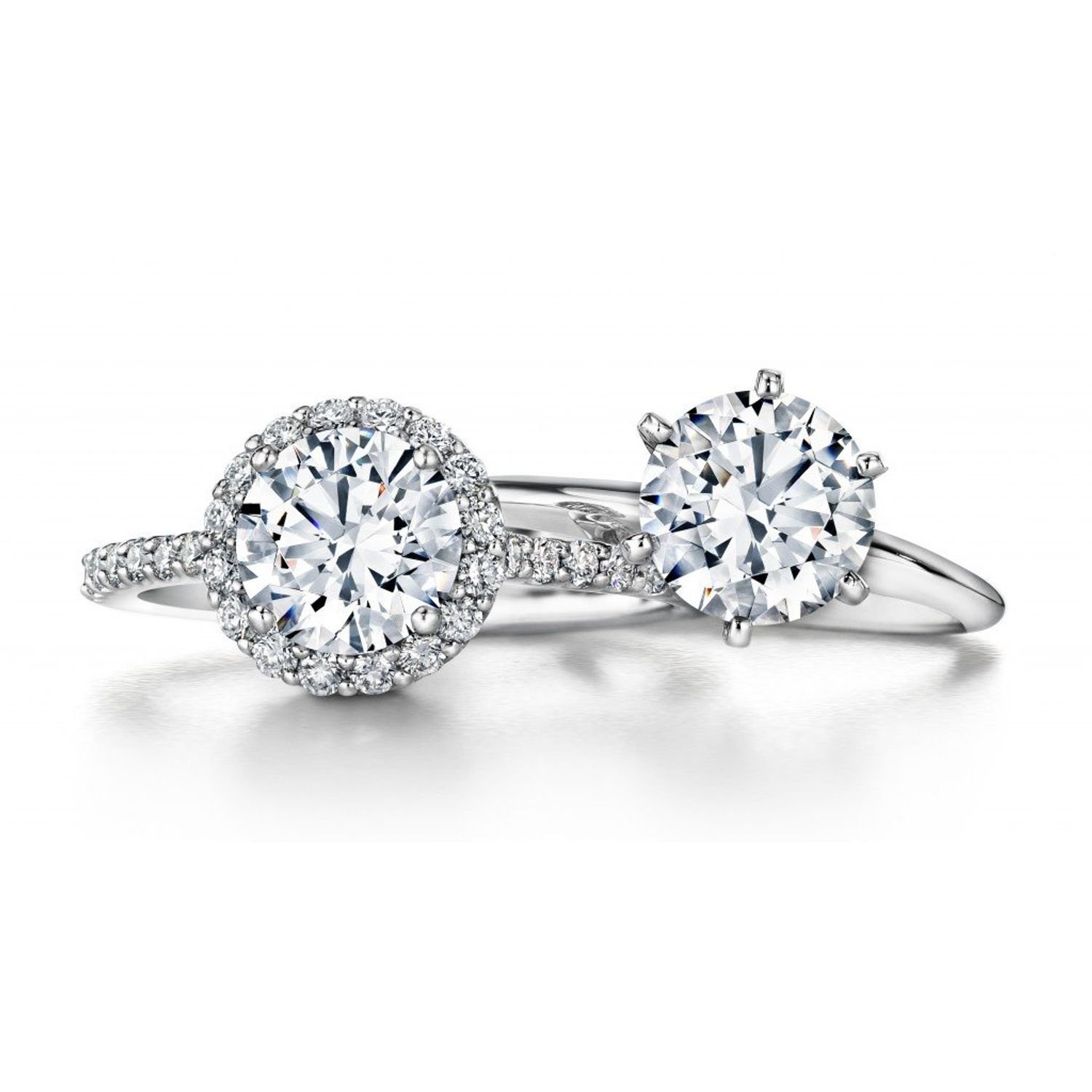Engagement Ring Tips & Tricks
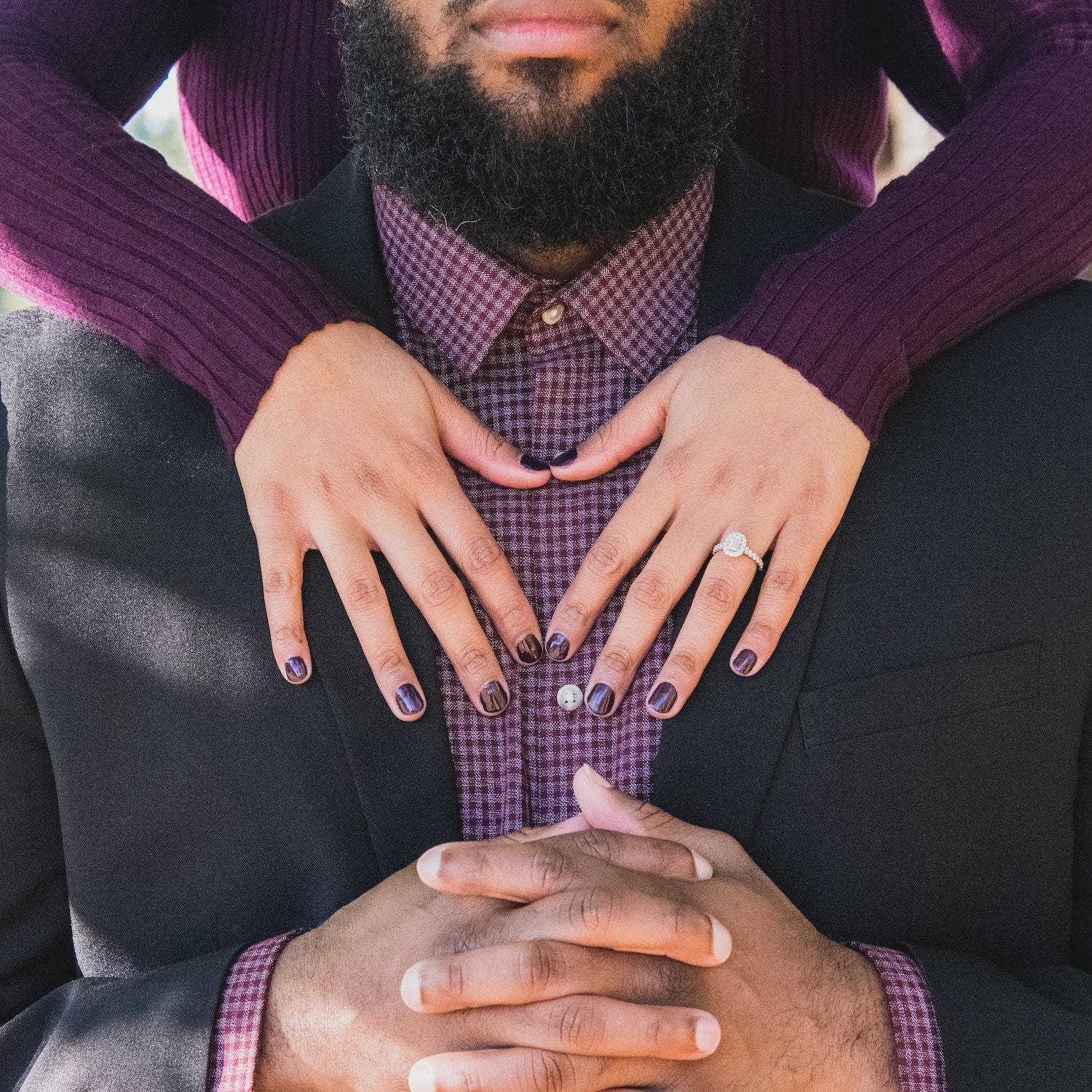
Purchasing an engagement ring can be stressful. If you’re wondering how to buy an engagement ring, you’ve come to the right place. We’re here to give you engagement ring tips & tricks so you can buy a beautiful, affordable engagement ring.
1) Ignore the 3 months’ salary rule.
A common misconception is that you have to spend 3 months’ salary on an engagement ring. You may be wondering how much to spend on an engagement ring or how much an engagement ring should cost. At Ritani, we believe that you should spend whatever is right for you. You don’t need to spend tens of thousands of dollars to get a beautiful, sparkly engagement ring!
2) Buy shy.
Our diamond buying advice is to buy slightly under the carat weight you were intending to purchase. For example, if you were looking to purchase a 1-carat diamond, invest in a .90 carat or .95 carat diamond instead. This can save you hundreds of dollars in the long run.
3) Opt for near-colorless diamonds.
D grade (colorless) diamonds are the rarest. This makes them the most expensive color grade. Our engagement ring advice is to seek near-colorless diamonds (diamond color grades G through J) instead. These diamond color grades will face up white – it is difficult for those who are not gemologists to differentiate between colorless and near-colorless diamonds.

A colorless D diamond (left) vs. a near-colorless H diamond (left)
To be cost-effective with your color grade, consider setting a diamond with a lower color grade such as K or L in a warm-colored metal. Warm-colored metals such as yellow and rose gold engagement rings will conceal some yellow coloration. You can also do some certification report sleuthing and select a diamond with a lower color grade, yet a higher blue fluorescence grade. High blue fluorescence can improve the appearance of a low color grade. However, stay away from high yellow fluorescence, which could make a diamond’s color look worse.
4) Make the 4 Cs work for you.
First comes first: brush up on your diamond education and familiarize yourself with the 4Cs. Isolate which of the 4Cs – cut, color, clarity, or carat weight – is the most important to you while buying diamonds. This will help you determine where your opportunities are for saving money.
For most customers, cut is the most important 4C grade, because a diamond’s cut quality has the most impact on sparkle. For budget purposes, this means that a lower clarity or color grade will be a good way to save.
If you want to save on clarity grade, it’s best to go with a brilliant-cut diamond. Princess and round diamonds are the most well-known brilliant shapes. Brilliants will hide lower clarity grades because of the faceting pattern on their table.
5) Choose your setting wisely.
Settings can enhance or take away from the appearance of your diamond center stone. Choose a setting that holds your center stone up high, like a cathedral setting. A diamond set higher up will appear slightly larger than it really is.
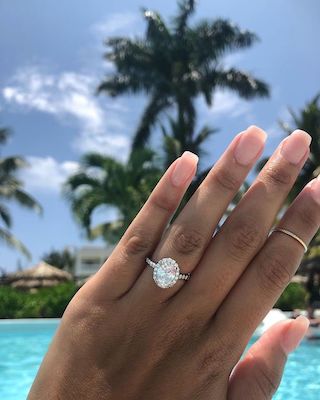
Another great setting choice for your engagement ring is a halo setting. This is because the tiny diamonds surrounding your center stone make the center stone look larger. You can choose a slightly smaller carat weight for your center stone if you choose a halo setting, which will save you money in the long run.
Be wary of wide shanks (or bands). A wide shank will take away from the center stone and make it appear smaller. Instead, choose an engagement ring with a thinner band.
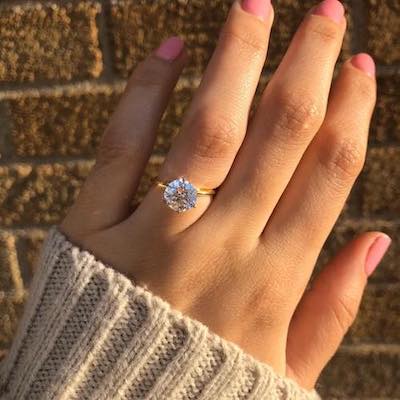
Our popular knife edge solitaire engagement ring features a thin 1.65mm band width, allowing for the diamond center stone to look larger than it is.
6) Consider fancy-shaped diamonds.
While round-cut diamonds are a super sparkly classic, they are also the most expensive diamond shape. Fancy shapes are a more affordable option. In terms of diamond cutting, princesses are the least wasteful shape. This means that a princess cut can cost 20-30% less than a round cut of the same carat weight.
Oval-shaped diamonds, pear-shaped diamonds, and marquise-shaped diamonds tend to look larger than other diamond shapes of the same carat weight. This is because these diamond shapes have a larger surface area, so they face up bigger.
It is also a wise choice to wait for fads to die down before purchasing popular diamond cuts. For example, everyone was clamoring for a heart-shaped diamond once Lady Gaga started sporting one. Diamond sellers know this, and can artificially inflate prices for trending shapes. If you are looking for a diamond shape that you know is popular at the moment, make sure to do lots of comparison shopping to ensure you are getting a fair price. As of 2019, oval-shaped diamonds and pear-shaped diamonds have been trending, so make sure to compare prices if you are considering one of these shapes. Fortunately, Ritani offers a price match guarantee on all-natural diamonds. If you see an online competitor’s diamond priced for less, we will attempt to find a similar diamond at a lower price.
When Not to Cut Corners
Here are three things that you should never skimp on to save money while buying an engagement ring:
1. Don’t buy uncertified diamonds.
Some people make the ill-advised choice to purchase uncertified diamonds to save money. Sellers of uncertified diamonds tend to offer a steep price discount, but it is most assuredly not worth the risk. Uncertified diamonds – if they are genuine diamonds at all – are almost always extremely low quality. Even with the discount provided, you will not be getting what you paid for.
You should also be wary of jewelers, online or brick and mortar, that claim to offer wholesale diamonds to make sales. Anyone who is selling diamonds to the general public is not offering wholesale diamonds! Only brick and mortar & online jewelers have access to wholesale diamonds.
2. Don’t skimp on step-cut clarity grades.
The step-cut shapes – specifically, Asscher and emerald-cut diamonds – are adored for their wide, open tables. However, this also means that inclusions are quite obvious in these shapes. Don’t try and save money on a step-cut diamond by buying one with a low clarity grade. The inclusions will seriously detract from the beauty of the diamond. A step-cut diamond with a clarity grade of VVS2 or higher should ensure an eye-clean diamond.
3. Don’t buy blind.
Even if it is a screaming deal, don’t buy diamonds without getting a clear sense of what it looks like. This may seem intuitive, but many people buying diamonds online have only seen digital renderings of the stone. Ask the diamond seller for real photos or videos of the diamond in question. Or, take advantage of a service like Ritani’s free in-store preview program, which allows our customers who are buying a diamond to see their stone in person, obligation-free.
Want more engagement ring tips & tricks?
